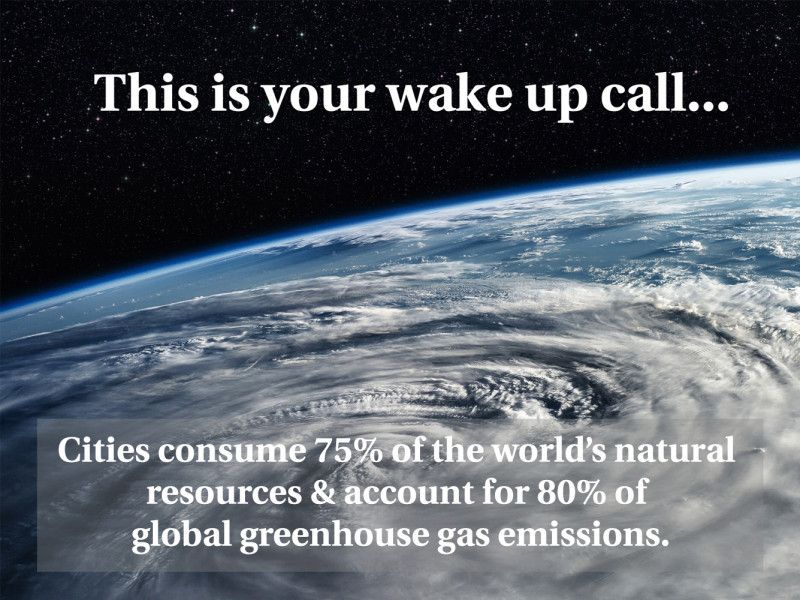“In a chronically leaking boat, energy devoted to changing vessels is more productive than energy devoted to patching leaks.”
– Warren Buffett
Given the sheer scale of ‘wicked problems’ such as pollution and ageing demographics, we often feel helpless when it comes to taking action. Nonetheless, it is crucial that we do, and in-line with Buffet’s words: it is even more important that the kind of action we take is appropriate for the problems and trends we are facing. Thus, before devising any type of action, we have to place ourselves in relation to the general trends and problems of the world. This will be what this short blog post, modelled on our white paper, discusses. It will describe the 5 Mega Trends that Destination Management Organisations (DMOs) will have to consider if they want to stop patching a chronically leaking boat, and instead design a new and more resilient vessel to navigate the complex global currents of change.
1. Climate Breakdown
With growing accuracy of scientific measurements and predictions of human impacts on the climate, the events and tourism industry has to acknowledge its contribution to global emissions. This trend is also indicative of other types of pollution, from artificial fertilisers to inadequate waste water treatment. As climate chaos, and the impacts of other forms of pollution become more severe, the threat to our industry is growing. Further, with civil disobedience on the rise, because of government inaction in regard to this issue, and new concepts such as ‘flightshame’ entering the scene, the industry will have to re-evaluate its business model.
2. Ecocide
Globally wildlife has experienced a “decline of 60% in population sizes between 1970 and 2014” (WWF, 2018). In addition, if current levels of plastic pollution continue it is estimated that by 2050 there will be more plastic than fish (by weight) in the world’s oceans (Ellen MacArthur Foundation, 2016). This trend will affect the tourism industry more than the events industry, but all DMOs should recognise their responsibility to reduce these negative impacts on the living planet.
3. Demographic Shift
Every week 1.5 million people are added to the global urban population (PwC, 2014). This trend is projected to bring 68% of the world population into urban areas by 2050 (UN, 2018). Most of this growth will take place in Africa and Asia, and urban destinations around the world will have to ensure that urban growth takes place in a sustainable fashion.
4. Social Change
It is also significant that people are living longer, and in higher income countries the fastest growing segment of the population will be the over 65s (Forbes, 2019). To support an ageing population more women will have to enter the workforce, while at the same time wealth inequality continues to be on the rise. For DMOs this could result in a shift of their target audience, and certainly calls for ensuring more even distribution of income from the tourism and events industry amongst locals.
5. Digitisation
It is estimated that by 2020 there will be close to seven times the number of connected devices as people on the planet (Cisco). The increased reliance on digital technologies, has been paralleled by increasing opportunities and risks for the tourism and events industry. Younger generations, or ‘digital natives’, view technology not simply as a tool, and instead it has become part of their ‘natural language’. This new relationship that is forming between humans and technology has to be understood by DMOs, alongside the potential benefits that could stem from utilising these technologies in new ways.
Stay tuned for next week’s post, which will outline key steps DMOs should take to navigate these five trends. If you are eager to read more now, you can view the white paper here.



